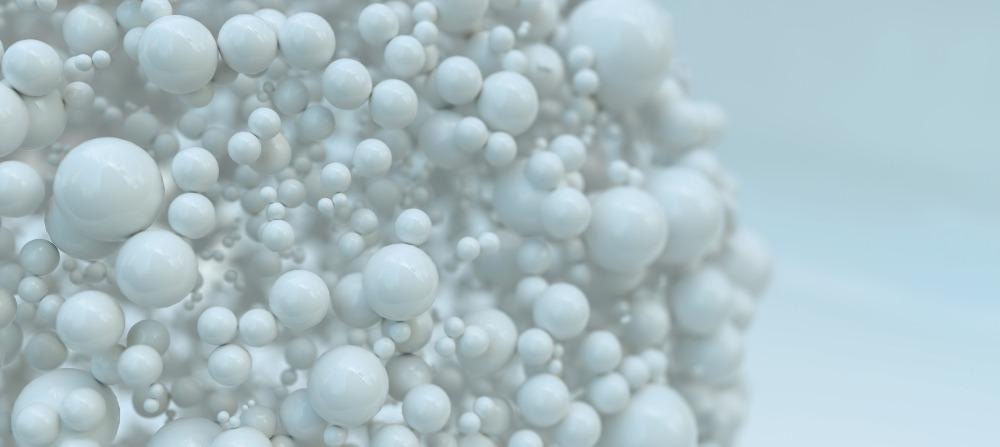A team of scientists in Ireland and Scotland is addressing an exciting concept of developing ‘clean energy’ from clothing. The aim of the project is to utilize certain materials that can convert kinetic energy from human motion into electricity to charge electronic devices through natural movement such as walking or running.

Image Credit: Crevis/Shutterstock.com
The collaborative effort of this €1.5m project which is funded by Science Foundation Ireland and the UK’s Engineering and Physical Sciences Research Council, lies in the research of scientists from the University of Glasgow, the Institute of Technology Sligo, Tyndall National Institute, and Heriot-Watt University. This article will explore this novel research and its associated impact on the environment.
Clean energy comes from renewable, zero-emission sources which do not add to air pollution. This is important to produce power without negative environmental effects such as carbon dioxide emissions. The use of clean energy is part of a global energy future for various applications such as electricity and heat generation.
The concept being researched by the multidisciplinary team of scientists in Ireland and Scotland consists of devising a friction-based wearable autonomous energy system. This would utilize advanced nanogenerators, designed to capture and use the kinetic energy released from clothing materials during movement. The success of this research would be within building minuscule unobtrusive devices that could be woven into everyday clothing garments.
The team is developing a flexible fabric triboelectric nanogenerator (TENG) to harness the kinetic energy from the motion of users to convert this into electricity and be used as a renewable energy source. The team hopes this futuristic vision could become a reality in 2027, sustaining the digital lifestyle of the population and revolutionizing electronics and nanotechnology.
The Demand for Novel Nanotechnology
The need for this type of energy comes from the use and demand for electronic devices used in daily lives, including laptops, mobile phones, smartwatches, and electronic vehicles. This subsequently results in the need to charge these digital items which can be time-consuming.
While research is being undertaken to decrease this rejuvenation period further and reduce the burden on users who rely heavily on these digital devices, the concept of using kinetic energy through nanotechnology would be game-changing.
A professor leading the textile aspects of this revolutionary project, George Stylios, from Heriot-Watt's School of Textiles and Design in the Scottish Borders, commented:
As humans, we collectively expend a huge amount of energy as we move around so why not capture this and put it to good use? To do so would not only benefit the planet in our fight against climate change but also deliver ongoing convenience to people's lives.”
Professor George Stylios further outlines that it is the fabric type, mechanics, and surface interaction of the fabric that is integral for the generation of enough energy for this concept to come to fruition. This utilizes the premise of coupling the effect of motion and nanotechnology to generate a renewable source of electricity in a similar way to static electricity. The optimization of friction between two materials should generate a charge which would enable the kinetic energy to be converted into electrical energy.
Challenges
The challenges faced by the team consists of power output, with previous attempts of creating a TENG fabric failing due to the inability to generate sufficient power. However, this multidisciplinary team is aiming to use highly specialized material that has the ability to increase and effectively utilize fabric friction which would be able to achieve an output of hundreds of milliwatts as is required for the powering of most mobile devices.
The fabric is currently able to produce power in a range between microwatts and milliwatts, which is still some distance between what is aimed by the researchers to create a renewable source of energy in this way.
Once the energy has been generated, the next challenge lies in how it is transferred to mobile devices. Professor Stylios suggests it could be done in different ways, from either storing the electrical energy in a small polymer battery in clothing or directly transferring the energy to the digital device wirelessly through carrying phones in your pocket. He states that he prefers the latter method of transferring energy, and reassures that wearing stored electricity would not be harmful to individuals as the levels of current output is low, with the focus of the device being on the side of the elbows.
This revolutionary concept of using nanotechnology would impact both the green energy economy which has garnered growing demand as well as the field of technology.
The futuristic vision could enable more reliable devices while utilizing a sustainable energy source. It provides a view of an advanced method of capturing energy that could even be used for powering larger and higher emission devices, paving a way for a sustainable and more eco-friendly future.
References and Further Reading
McManamon, Craig. (2021) Phys.org. Scientists look to capture clean energy from our clothing. [Online] Available at: https://phys.org/news/2021-05-scientists-capture-energy.html [Accessed 9 June 2021].
Disclaimer: The views expressed here are those of the author expressed in their private capacity and do not necessarily represent the views of AZoM.com Limited T/A AZoNetwork the owner and operator of this website. This disclaimer forms part of the Terms and conditions of use of this website.